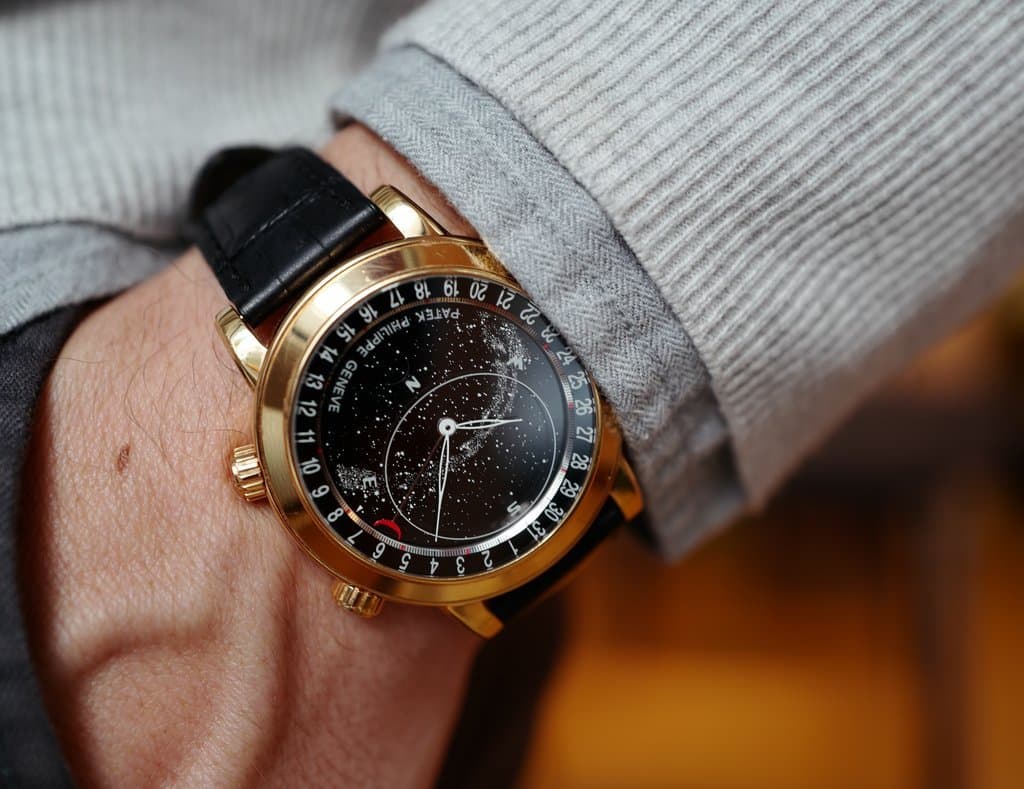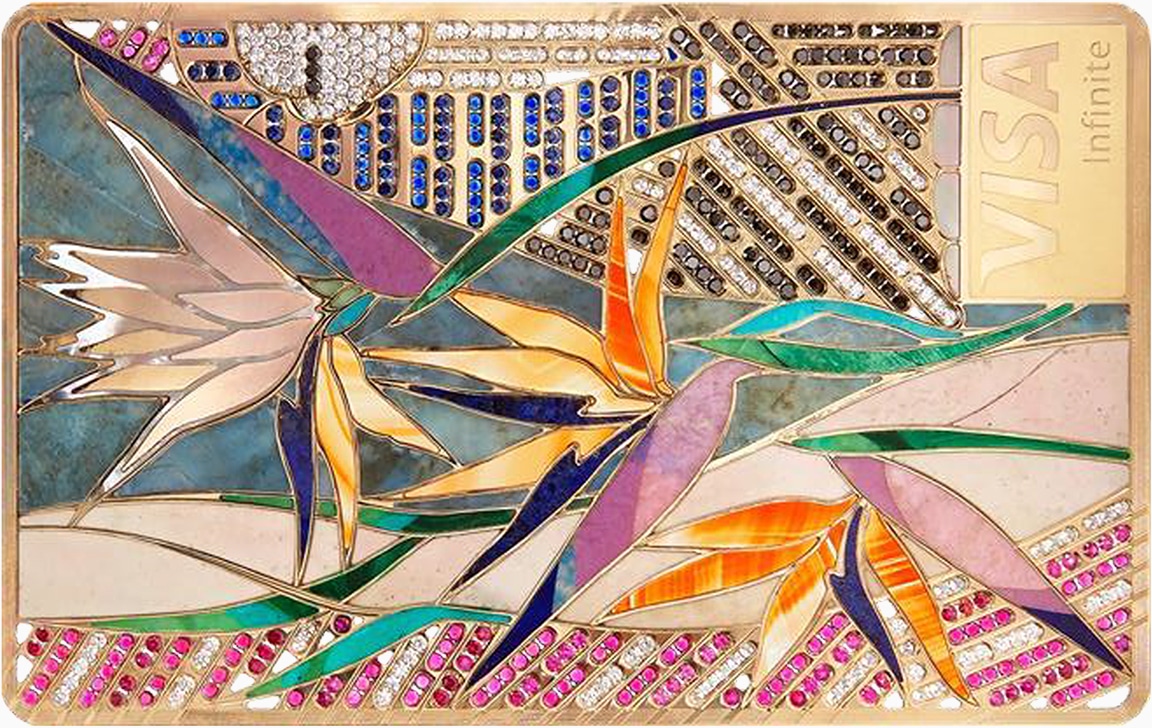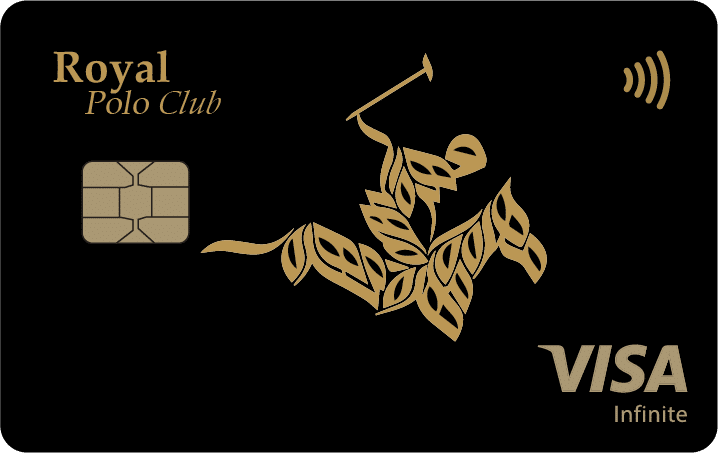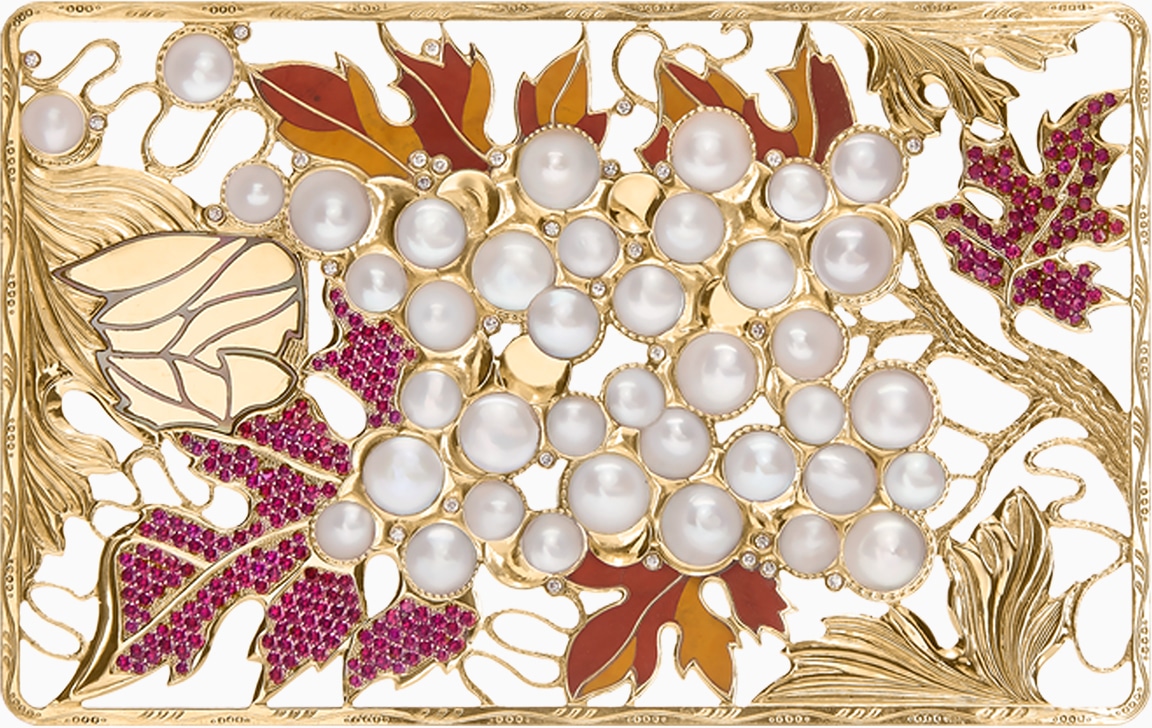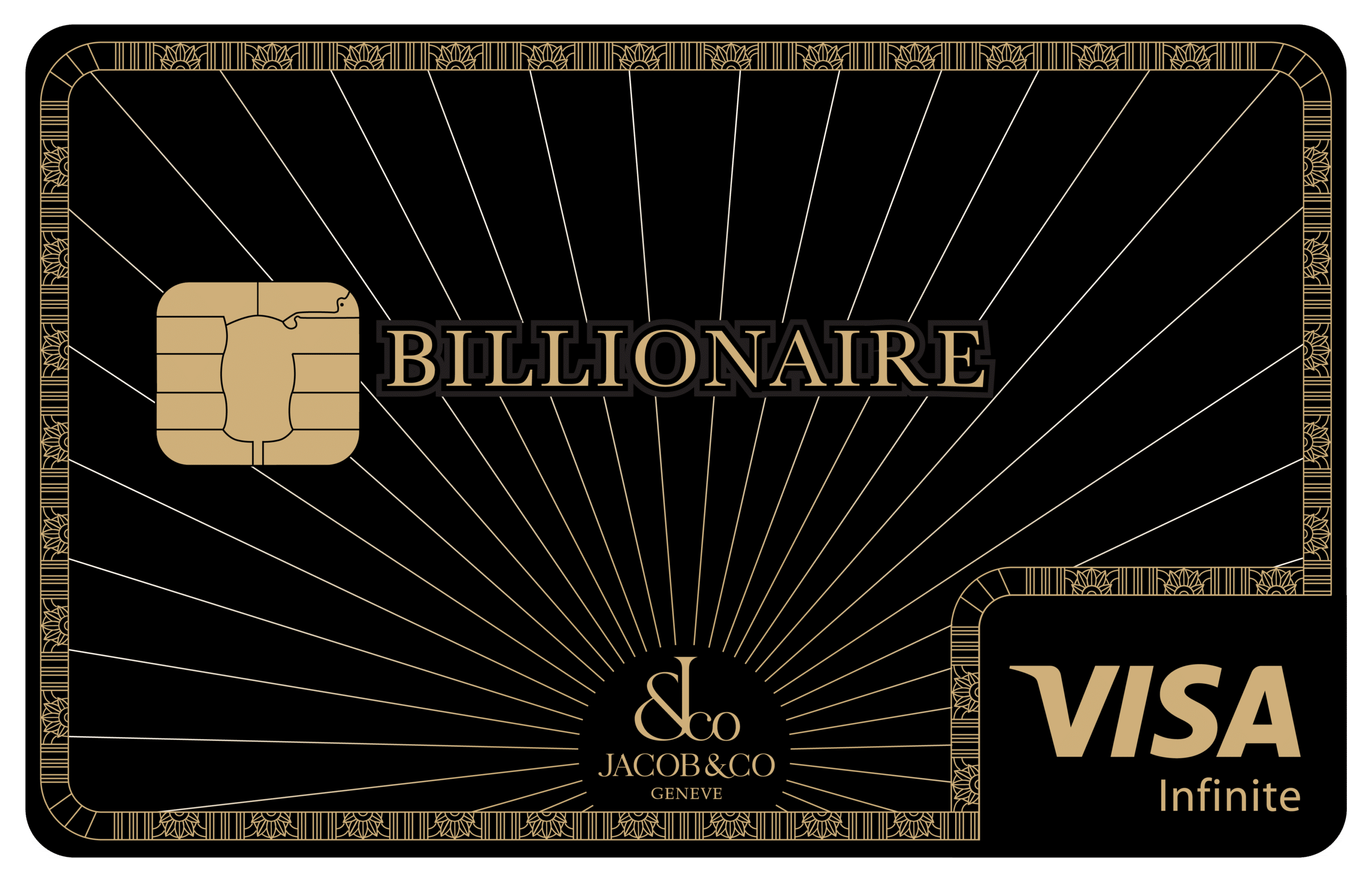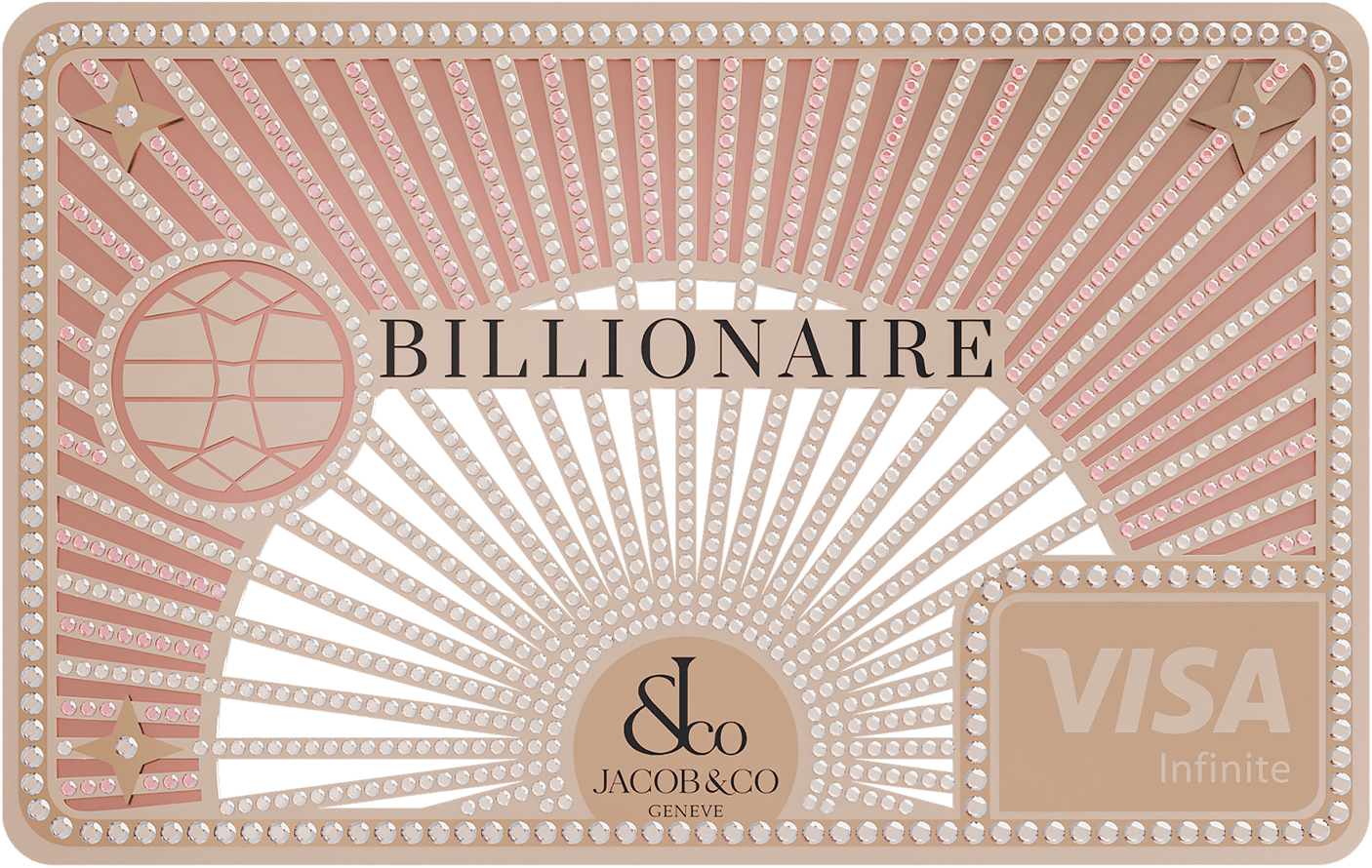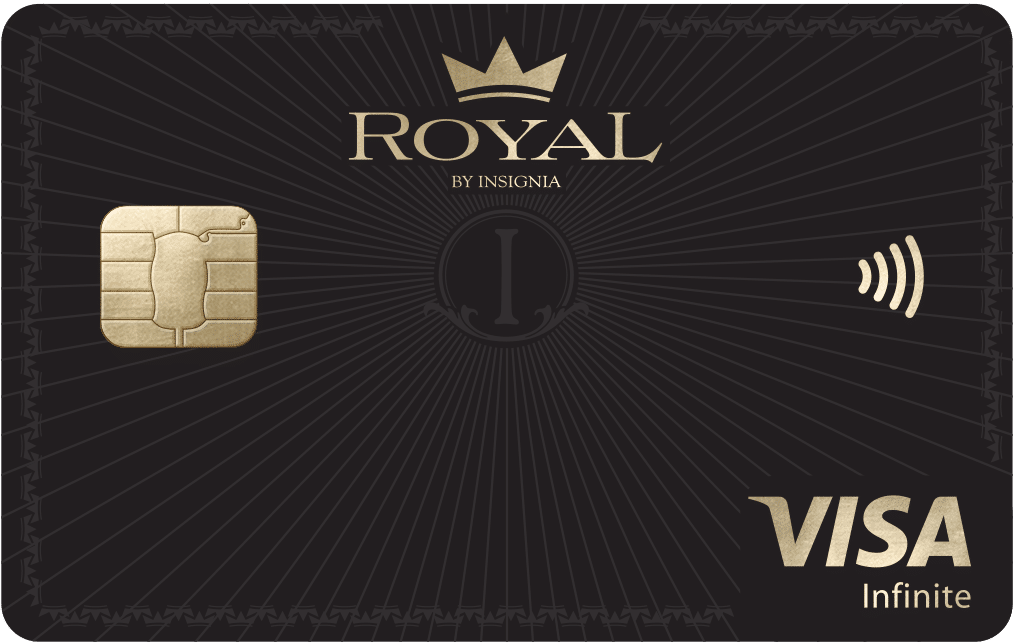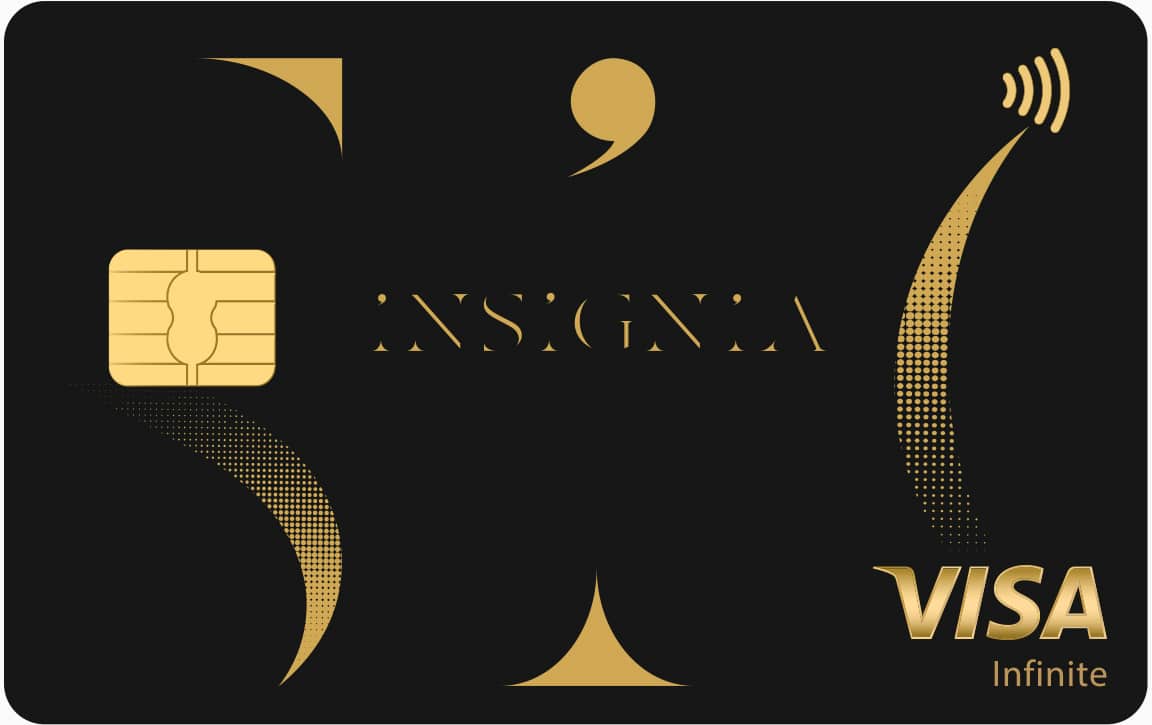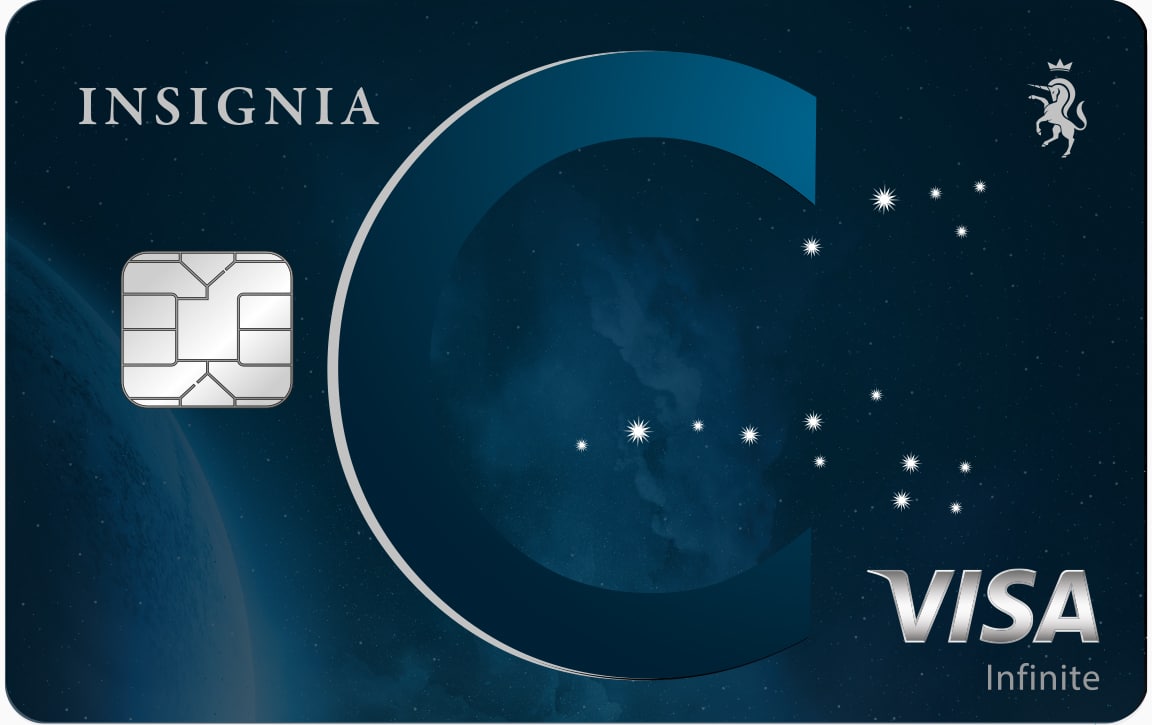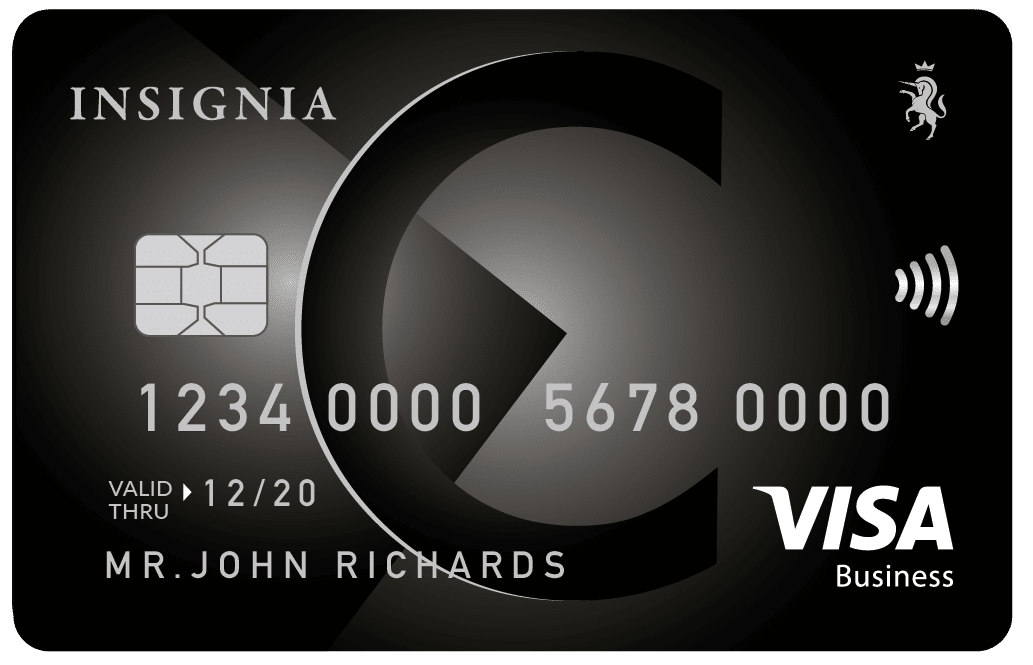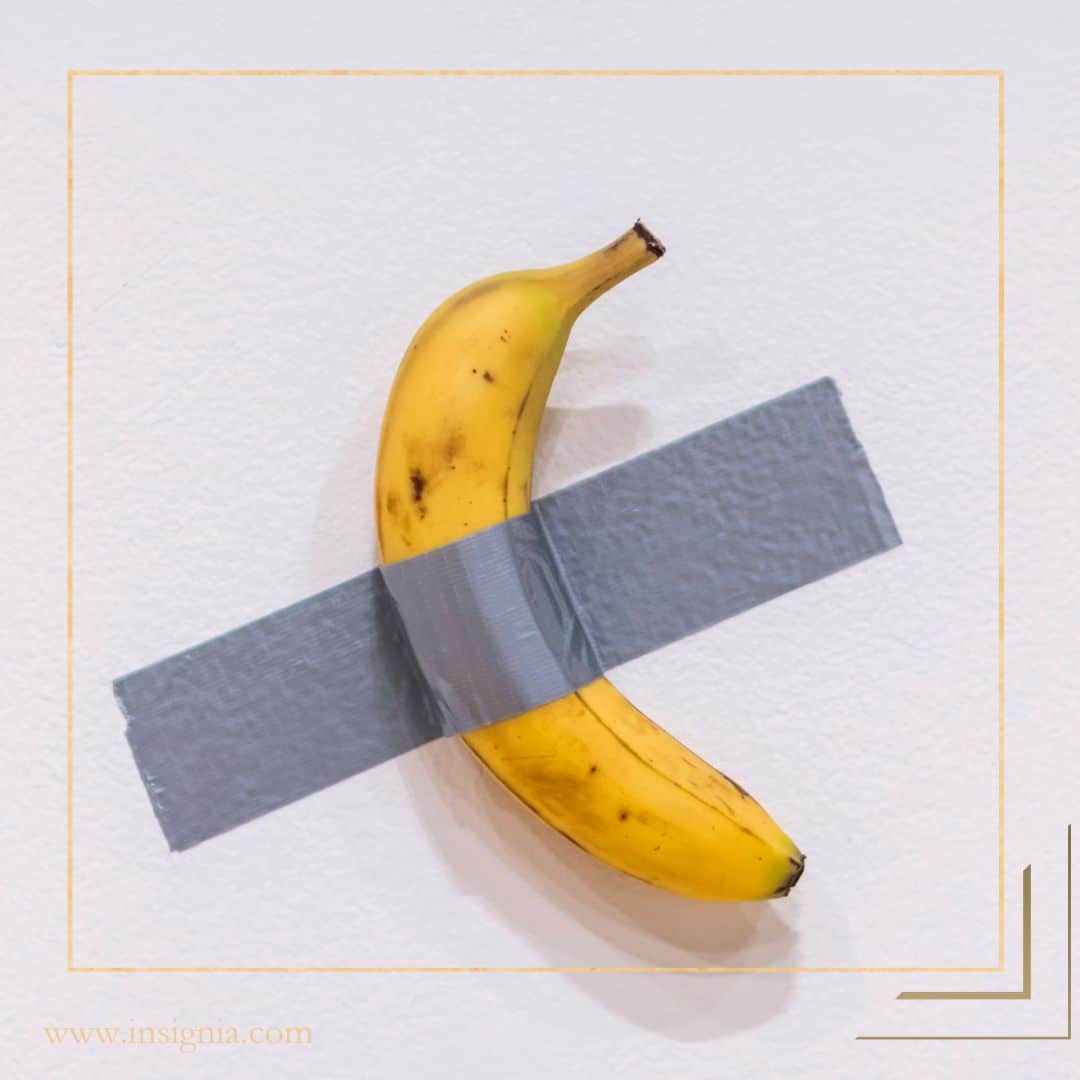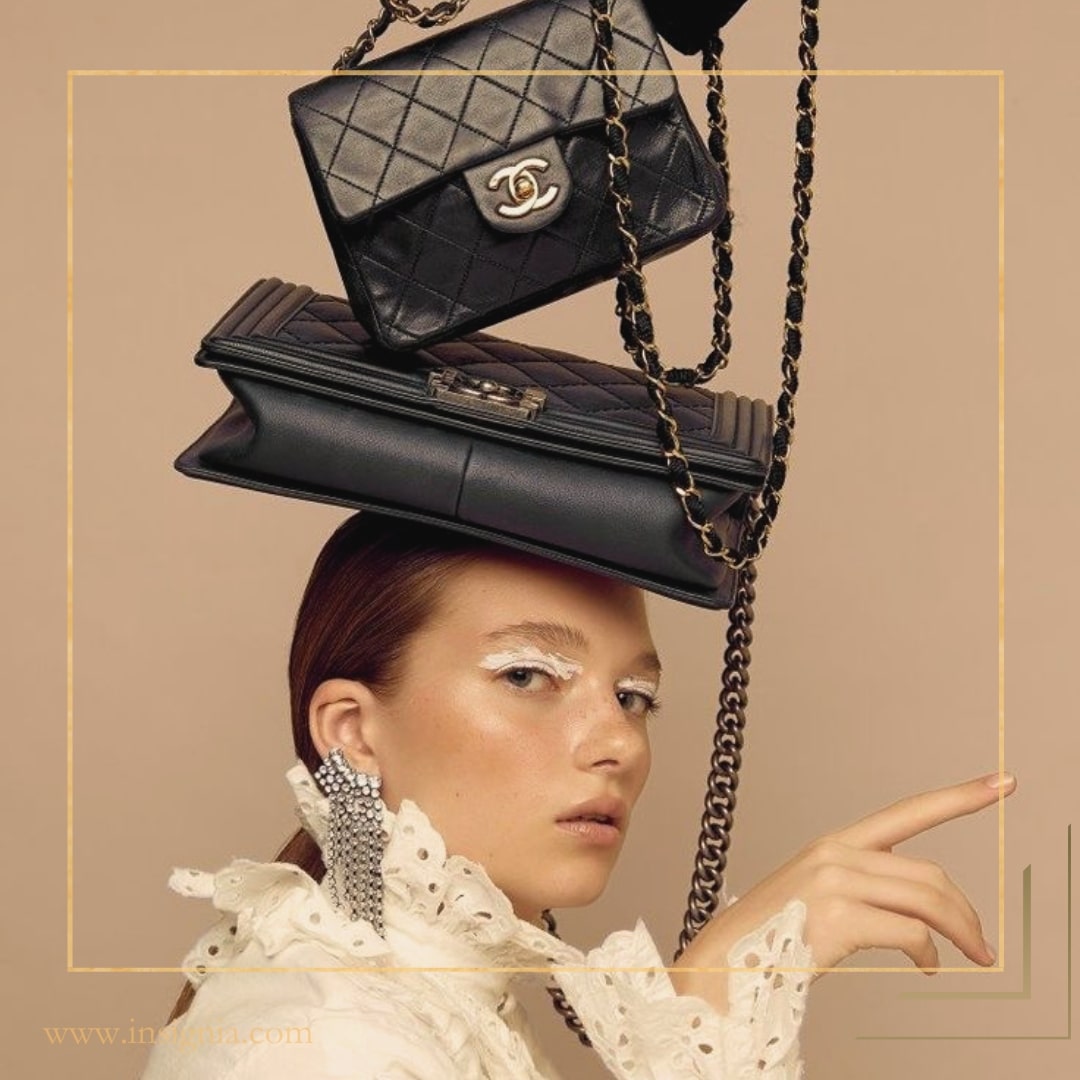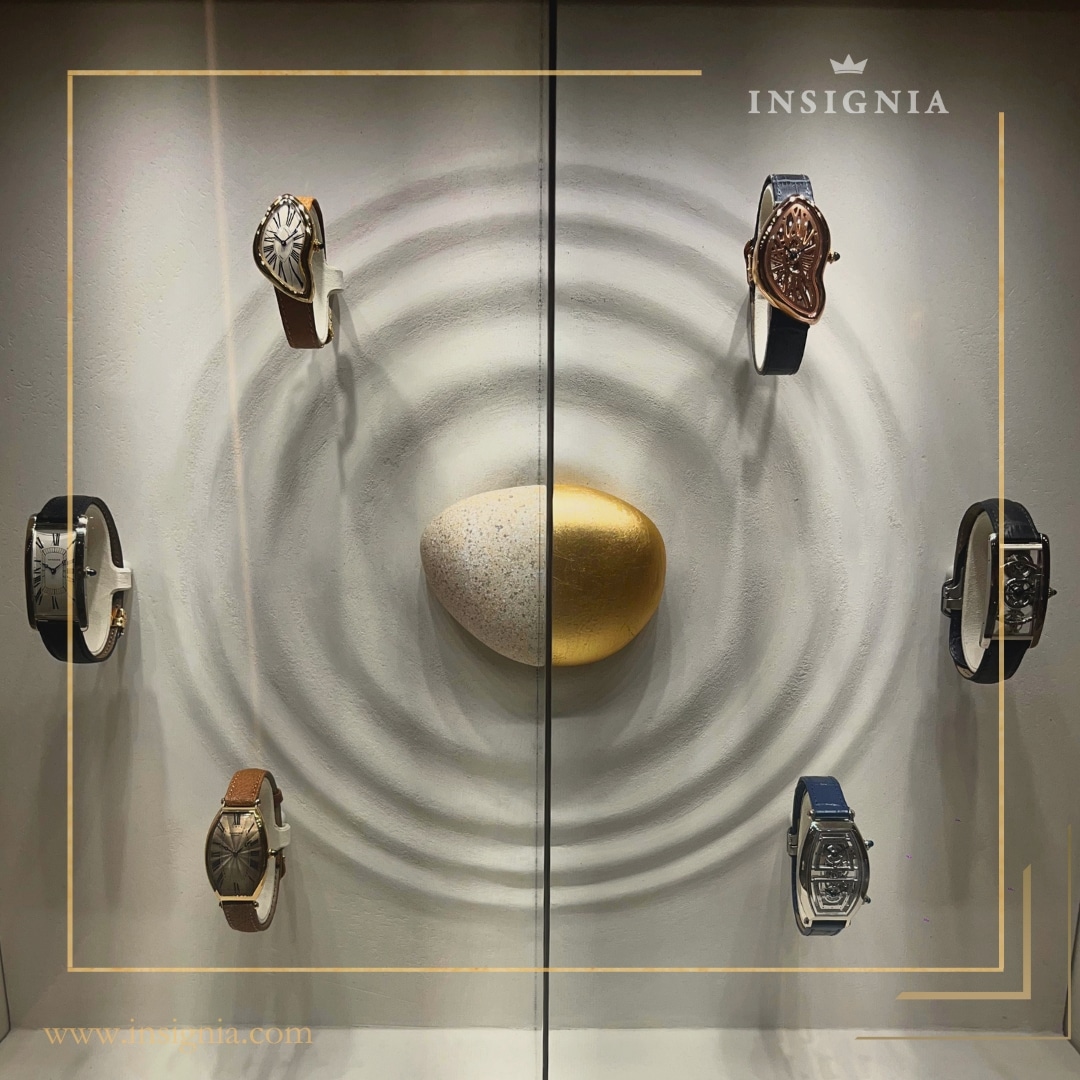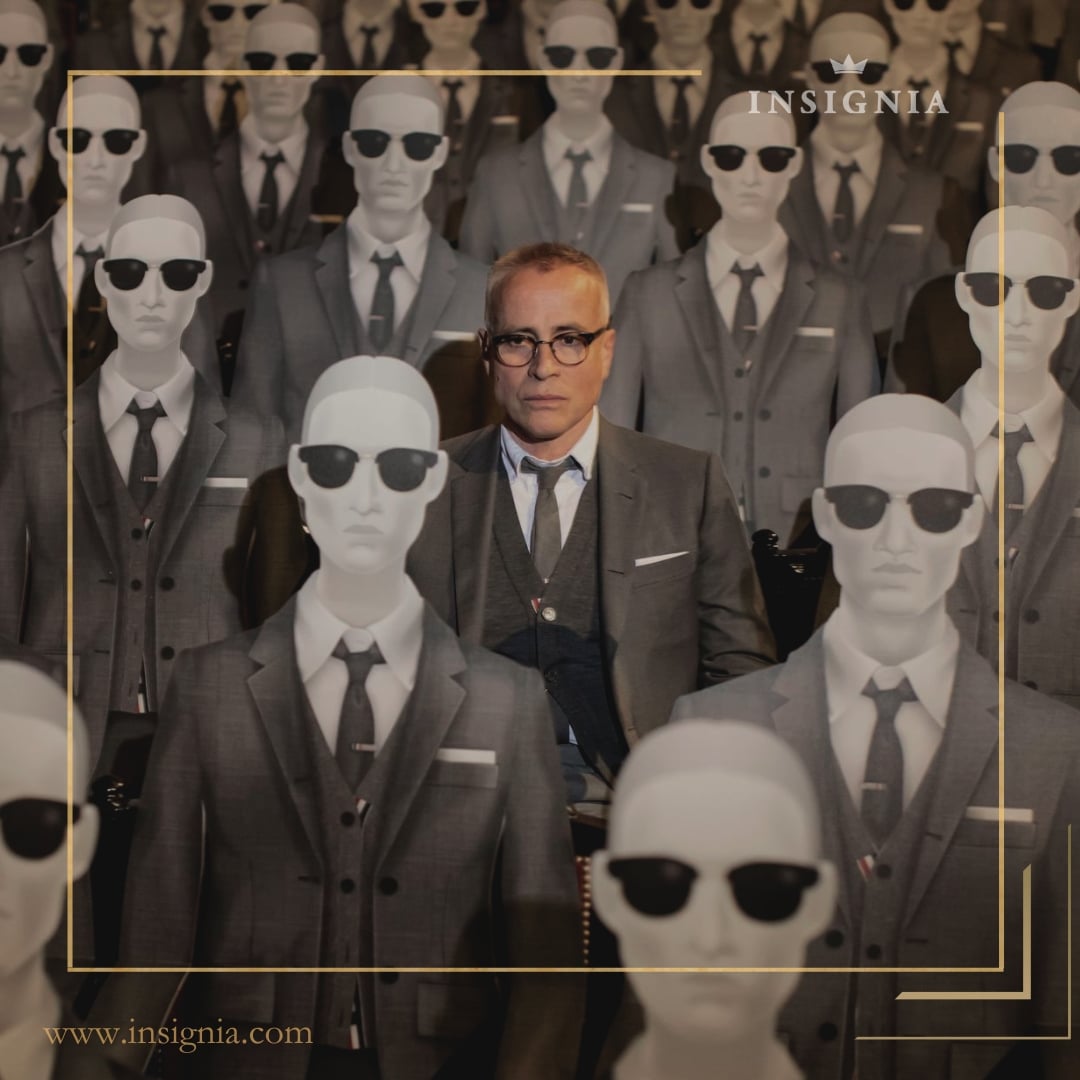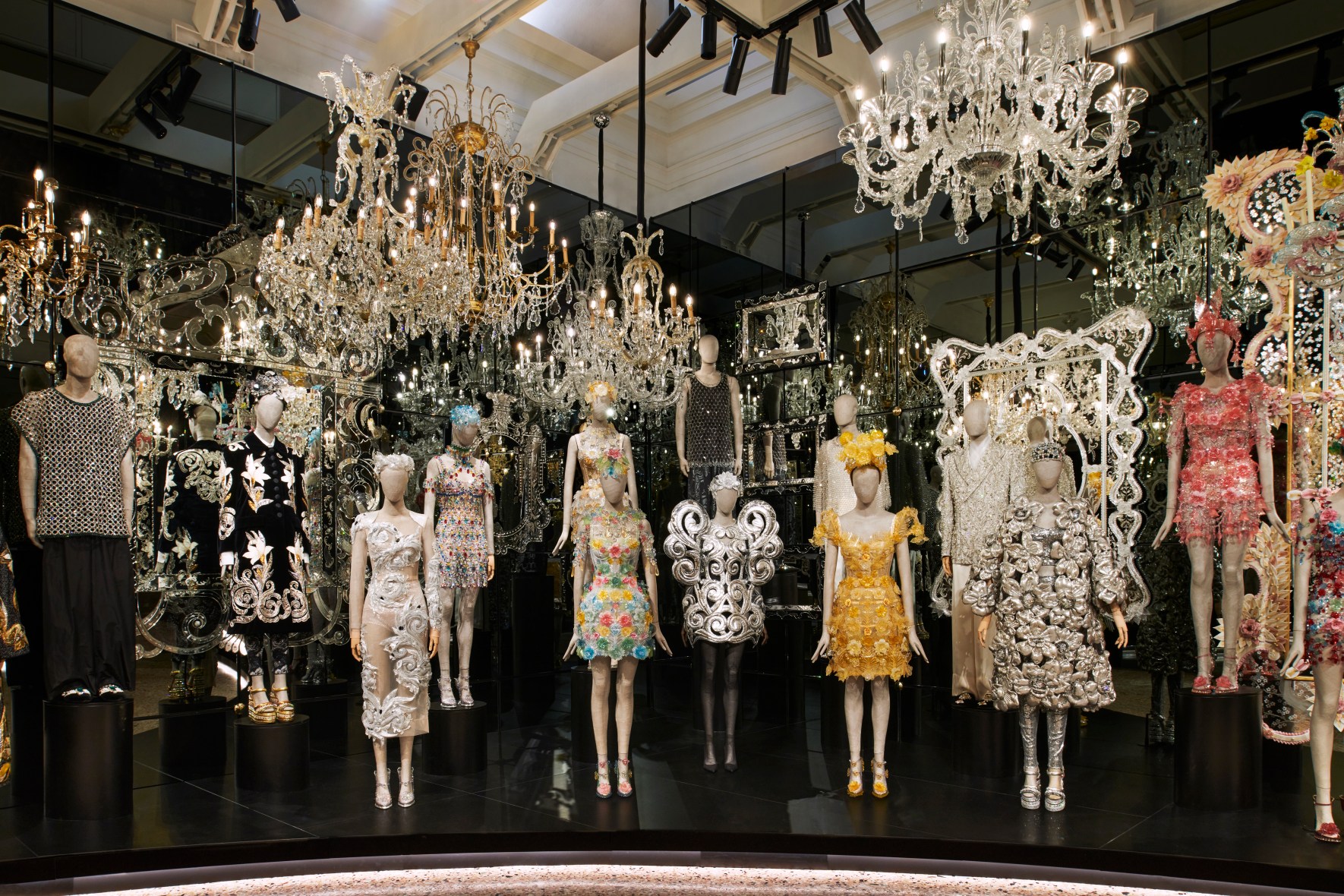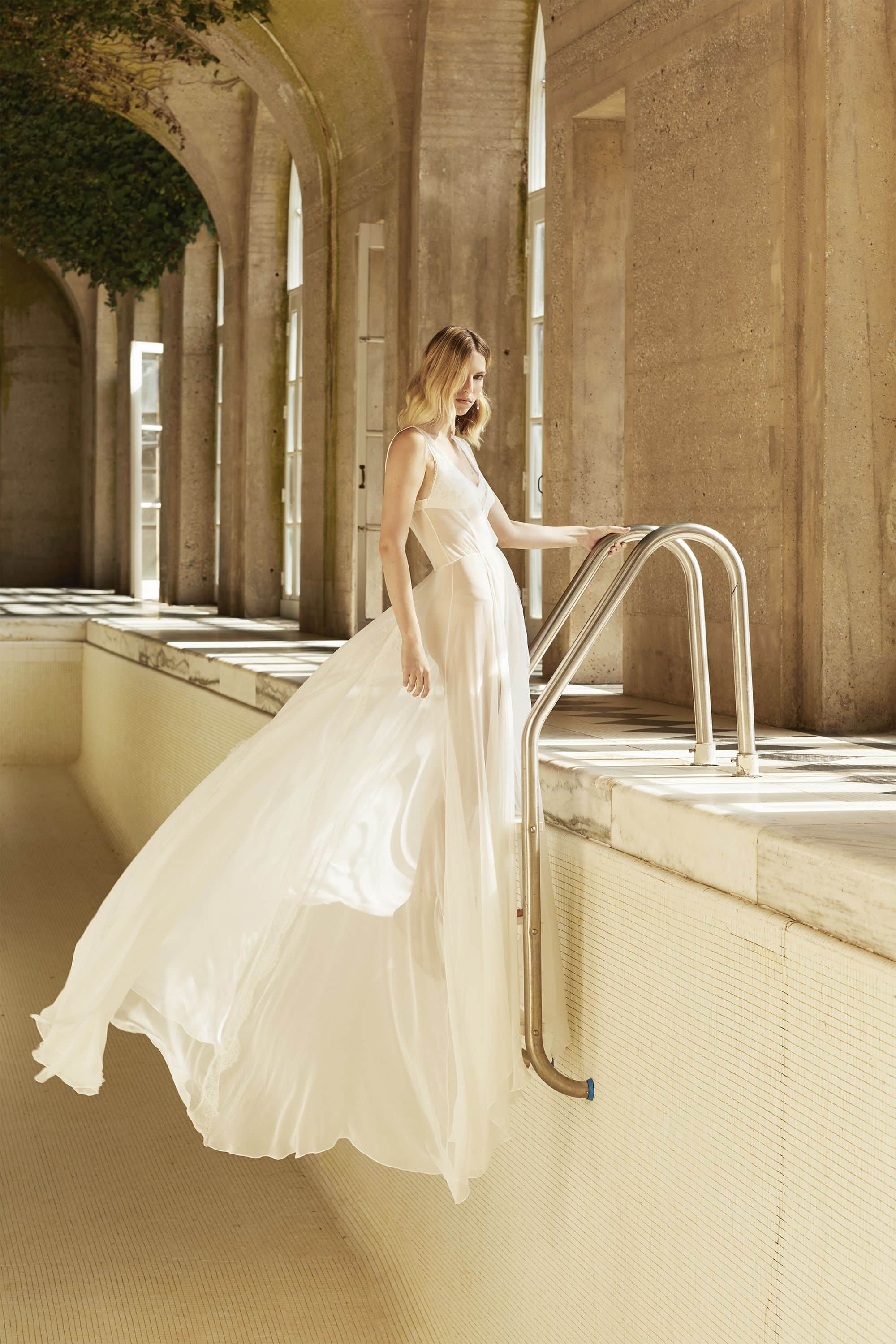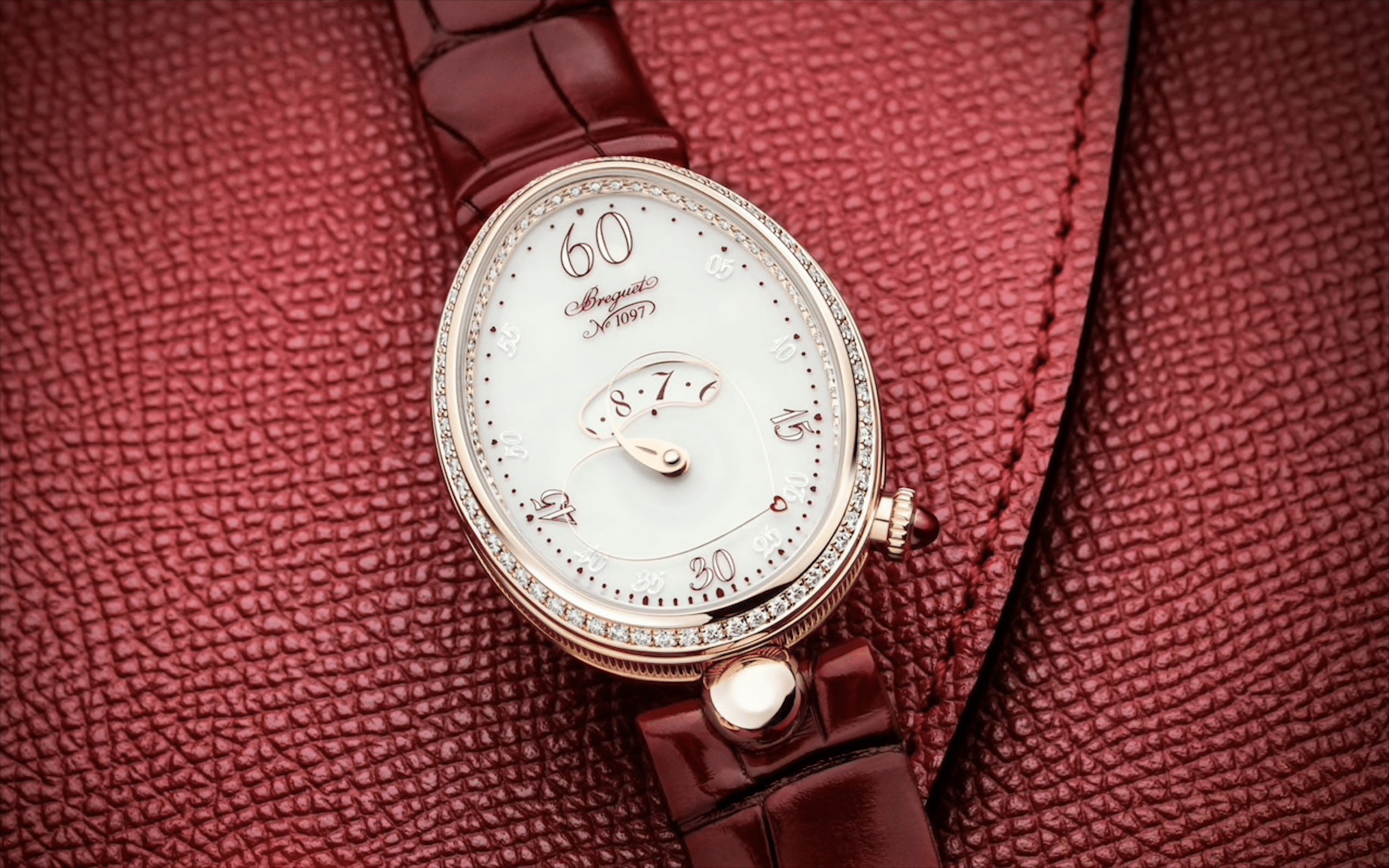Trash cash versus stealth wealth – why true luxury connoisseurs spurn LOUD logos
Brazenly sporting more luxury brand logos than a Formula 1 racing car was once considered the epitome of success. Conveying a message to society that you belonged to the exclusive social circle populated by the affluent. But now, a growing trend for discreet branding known as ‘stealth wealth’ is forcing high-end labels to re-think their images.
The old system is now increasingly frowned upon among the established wealthy as it has become stigmatised by association with yob culture (think of the fake Burberry outbreak circa 90’s Britain) and z-list reality television celebrity socialites. What once was considered the acceptable standard of communicating your status has become unflatteringly known in some circles as ‘trash cash’. Apparently Canadian author Naomi Klein knew something the rest of us didn’t when her book No Logo was published back in 1999.
A study published in the Journal of Marketing, ‘Signalling Status with Luxury Goods: The Role of Brand Prominence,’ identifies three groups of luxury consumer:
- Patricians – wealthy consumers who pay a premium for quiet goods that only fellow patricians can recognise.
- Parvenus – wealthy consumers who use loud luxury goods to signal to the less affluent that they are not one of them
- Poseurs – consumers who lack the financial means to buy luxury goods but want to emulate those who they recognise to be wealthy through the consumption of counterfeit goods.
In an effort to distance themselves from the parvenus and the poseurs, patricians have reconnected with the more classic ideals of sophistication. They are beginning to recall that visible cues announcing their status revolve not around crass logos but around comfort and poise. Speaking in a vernacular of restraint and aesthetic subtlety.
There are several key contributing factors to this cultural shift in attitude:
- The global financial crisis. During times of austerity and rising unemployment, it is simply no longer considered tasteful to flaunt obtuse symbols of self-serving material exuberance.
- Swathes of nouveau riche. Unseasoned luxury consumers still feel the urge to communicate their success through conspicuous displays of wealth which more often than not means luxury brands and plenty of them.
- The democratisation of luxury. Owning luxury brand products is today much more accessible to the wider public as a mass-market industry than ever before.
- A widespread counterfeit market. Despite being illegal, the fake designer goods market is a huge international trade appealing almost exclusively to poseurs who purchase them for the perceived status the logo provides, not because they desire durable or quality goods.

Despite a desire for luxury crossing all social and cultural barriers, the market primarily consists of two types of people: those who conceal their luxury items and those who flaunt them.
A colourful case in point. Contrast the subtlety and elegance of former U.S. First Lady Michelle Obama, a stalwart of stealth wealth having made household names of up-and-coming designers such as Alexander Wang and Isabel Toledo, against the flamboyant exuberance of the late American showman and ivory tinkler, Liberace.
Patricians already move in exclusive social circles of fellow patricians so the need to show-off is diminished. For them, the desire for luxury is focused on the style, comfort and sophistication that well designed, top quality goods provide. It is a question of taste and sporting an understated, but tremendously complicated Patek Philippe says speaks an awful lot louder in the right crowd than waving a fake Rolex around.
This has created a movement towards a more custom-made luxury experience and with it the sort of heavy-duty investment that wannabes would struggle to keep pace with. Discovering the workshop of an independent but highly skilled leather craftsman to line your yacht with the finest calf hide is infinitely more desirable than an omnipresent high profile label.
How you present these bespoke goods is a real test of sophistication. Stealth wealth is about accoutrements that are not necessarily readable by the parvenus and the poseurs but which stand out to the cognoscenti. For example, the art of elegantly fraying one’s cuffs so that they look slightly worn and shabby while maintaining an immaculately laundered finish, a practice known delightfully as ‘foxing’.

One of the ultimate subtle status symbols is the invitation-only, black premium payment cards such as our own Royal Card from Insignia. Ours provides its members with a cornucopia of privileges, including complimentary access to the luxury lifestyle concierge Lifestyle Boutique, a 24-hour personal assistant and high lines of credit. More importantly, membership is exclusive to high net worth individuals cancelling out the eligibility of the poseurs that patricians attempt to distinguish themselves from.
Brands have identified this movement and begun to give precedence to buzzwords like heritage, craftsmanship, and eco-consciousness over the existing obsession with logos.
There is, of course, a proportion of patricians have always eschewed showy things and it should be noted that a desire to be less obvious about wealth doesn’t mean that patricians are spending less. The concept ‘less is more’ also applies to pricing with luxury providers charging more for goods that feature discreet branding and counterfeiters tending to clone the showier but cheaper items of a luxury brand’s product line.
So the next time you’re intent on a bit of retail therapy, avoid the psychological trap of being magnetically drawn towards a big shiny logo or a brand name that is strewn across every stitch of a garment stop and ask yourself “Do I want to be another walking advertisement for a luxury brand or do I want to invest in an item that radiates something positive about who I am as an individual?”

